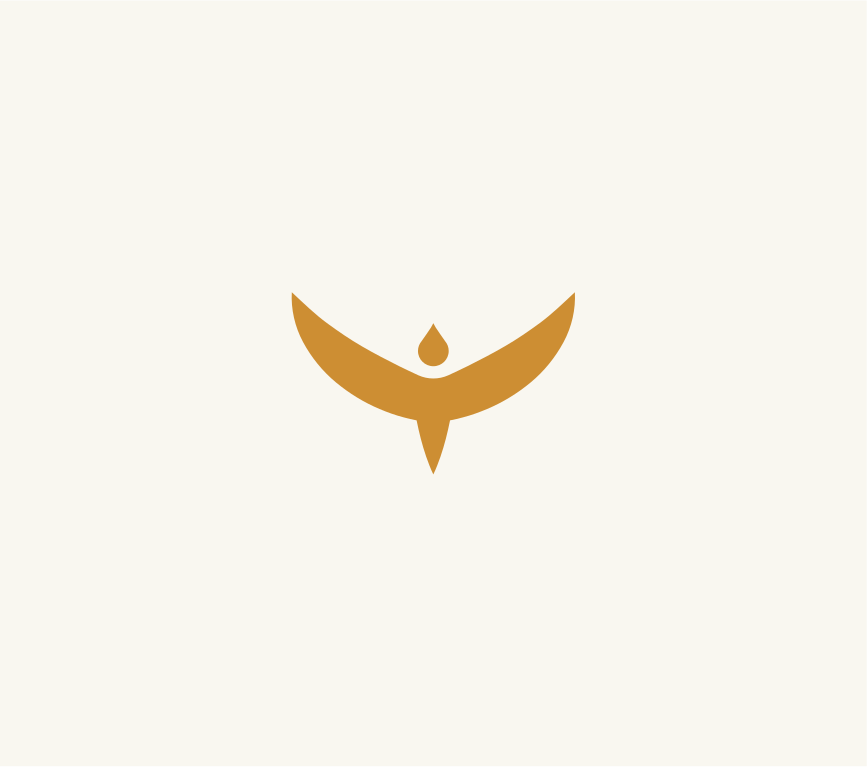Brownie
In Scottish Gaelic folklore, the brownie was a household elf who would make sure their home was tidy at night, while the family were sleeping.
Failing to reward the brownie for his service would result in either the brownie leaving the household or at worst, mischievously causing havoc in the house such as breaking dishes, spoiling milk, and chasing away cattle or other animals from the property.
The brownie was comparable to the German kobold, which pretty much had the same function as the brownie.
Related Information
Name
Brownie – "little brown man".
Culture
Scottish Gaelic.
Type
solitary.
Sources
Scottish Fairy and Folk Tales was written by Sir George Douglas (1901).
By Jimmy Joe

